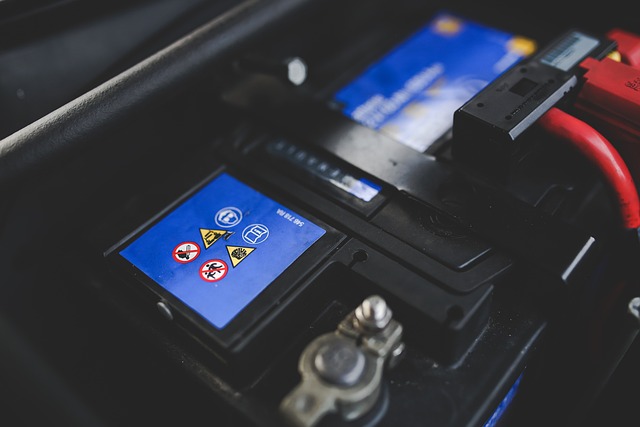
Are you looking to buy battery cable? Most automobiles and other vehicles have a battery. The battery powers electrical components like the starter, headlights, cabin lights and radio. To power these components, battery cable is required.
What Is Battery Cable?
Battery cable is a type of single-conductor cable that’s designed for use with batteries. It typically features multiple strands of copper. While the copper strands are bundled together, they act like a single conductor.
Copper is a highly conductive metal. Electricity can flow through it with little or no resistance. This makes copper a popular choice of material for conductors in wires and cables. There are different varieties of battery cable, but most of them feature a copper conductor. Electricity will travel from the battery through the cable’s copper conductor before reaching the vehicle’s electrical system.
Common Features of Battery Cable
Thick insulation is a common feature of battery cable. All wires and cables generate heat as electricity flows through them — and battery cable is no exception. To protect against vehicle fires, battery cable is designed with thick insulation. The insulation is typically made of a synthetic material, such as rubber, polyvinyl chloride (PVC) or thermoplastic. It encases the copper strands within the battery cable.
In addition to being thick, the insulation on battery cable is available in red and black colors. Red indicates positive, whereas black indicates neutral. You can use a red-colored battery cable to connect the positive terminal, and you can use the black-colored battery terminal to connect the neutral terminal.
Battery cable is also weather-resistant. It can withstand environmental elements like the wind and rain without failing. You can use it in the engine by of a vehicle without fear of the battery cable degrading due to weather.
How to Choose Battery Cable
You should choose battery cable in the right size. Thickness, of course, is measured in American Wire Gauge (AWG). It represents the cross-sectional diameter of wire or cable. High-AWG battery cable is thinner than low-AWG battery.
There are different types of battery cable. For automobiles like cars and trucks, SGR and STX battery cable is commonly used. Other types of battery cable include SGT and SGX. Each type of battery cable features a different design.
Something else to consider when choosing battery cable is the strand count. The strand count refers to the total number of conductor strands within the cable. Most types of battery cable feature copper strands, but some of them contain more strands than others.

